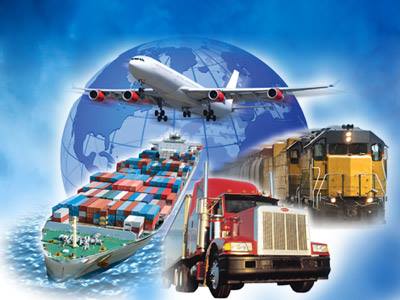Tracking Information Provided as Online Tracking Number

Consumers have had access to tracking information from providers for many years. Typically, such tracking information is supplied for whole shipments, including shipment status, such as expected freight arrival date or projected freight arrival time.The goal of real-time shipment tracking information, even down to the shipment level, is becoming more of a reality because to improvements in information technology such as radio frequency identification. Supply chain management can benefit from this sort of real-time tracking data. However, the significance of this tracking data is undervalued.
The manufacturer is able to complete each order from the merchant and dispatch the product as soon as the order is received. The replenishment procedure between the manufacturer and the merchant, on the other hand, is not instantaneous. Before reaching the shop, the manufacturer's items may travel through K stages in order, each stage indicating a shipment's actual location or a phase in the delivery procedure.
Within a certain time frame, each cargo goes through a random number of phases. Each stage can be trackes with online tracking number. The number of stages through which a cargo can transit is also controlled by the flow of shipments that come before it. It's possible that the supplies won't arrive on schedule. That is, they are not permitted to pass through items that have been transported before them. As a result, the transit time for a specific cargo is a random variable defined by how shipments are distributed across the sections.
Track & Trace Your Tracking Number
Use your online tracking number to get information about your delivery. Our website is integrated to many courriers and shipment providers for best results.
Enter the shipment number issued to your order in the input area if you want to know where your package is. If the vendor or sender offers home delivery or shipment, they should supply you with this number. In the settings menu, you may also choose your parcel service provider.
The logistics sector now employs bar code systems as an automated identifying mechanism in 85 percent of cases. Barcode technology is now regarded cutting-edge and is used in the majority of situations as a serial shipping container code (SSCC) application. The high degree of homogeneity and relatively inexpensive operational costs are two advantages of bar codes. As a result, bar code systems are widely used in the logistics sector and have a high level of integration across the supply chain. The drawback of bar code technology is that it requires the label to be visible while being read. As a result, the latter is vulnerable to dirt or scuffing; and, lastly, the scanning process is single-reading and inflexible when it comes to modifications in the registered information.
Admin